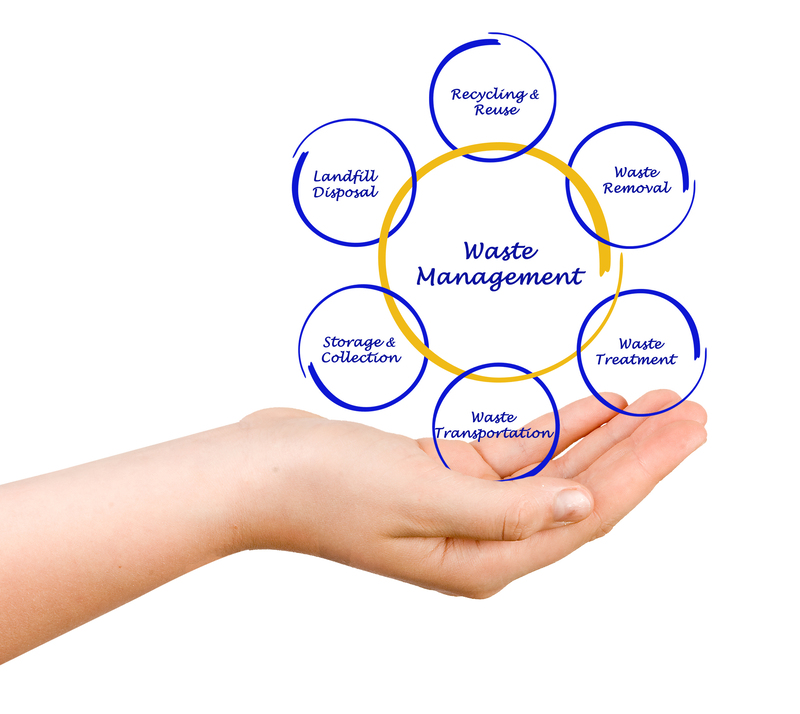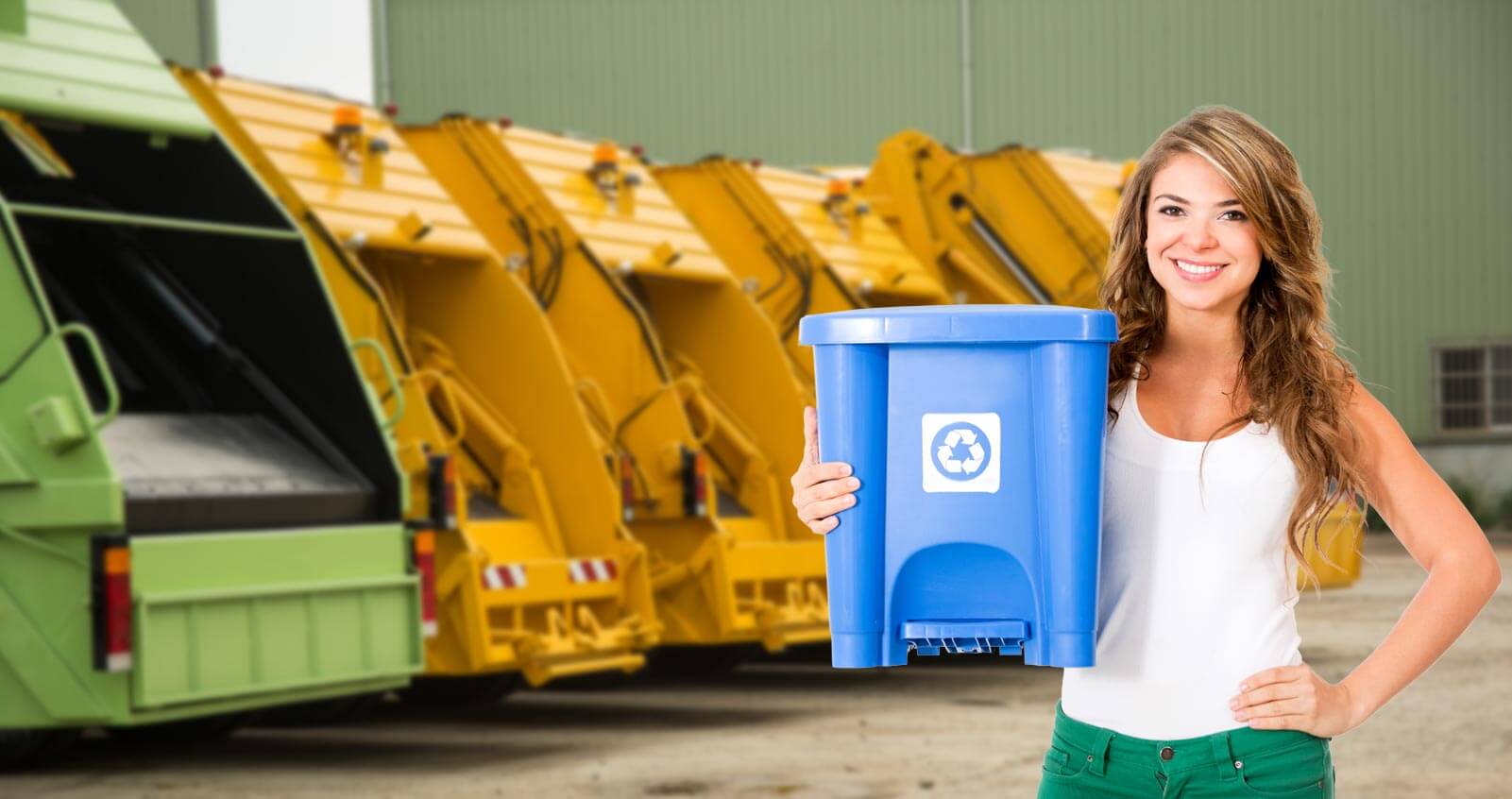Recycling for a Better World
Posted on 08/12/2024
Recycling is a crucial practice in today's world, as it offers an effective way to manage waste, conserve natural resources, and protect the environment. With increasing global concerns about pollution, climate change, and the unsustainable depletion of resources, the importance of recycling has never been more pronounced. This comprehensive article explores the myriad facets of recycling, shedding light on its benefits, challenges, and ways to enhance its effectiveness.
The Importance of Recycling
Recycling is fundamental to reducing waste and conserving the planet's finite resources. By repurposing used materials, we can significantly lessen the extraction of raw materials, thereby decreasing habitat destruction and pollution. For instance, recycling aluminum cans saves 95% of the energy required to produce new cans from raw bauxite ore. This energy saving translates into fewer greenhouse gas emissions, thereby mitigating climate change.
Another dimension of the importance of recycling is its role in reducing landfill use. Landfills are a significant source of methane, a potent greenhouse gas. By diverting waste from landfills through recycling, we can substantially reduce methane emissions. Moreover, recycling can mitigate the contamination and leaching of harmful substances into soil and groundwater, helping preserve the environment for future generations.

The Economics of Recycling
Economically, recycling can be both advantageous and challenging. On one hand, it creates jobs in the recycling and manufacturing industries, stimulates technological innovation, and can reduce costs associated with waste disposal. For example, the recycling industry in the United States supports over 500,000 jobs and generates billions of dollars in economic activity annually.
However, the economics of recycling can be complex. The fluctuating market prices of recyclable materials sometimes make recycling less financially viable. For example, the crash in the global market for recycled plastics has led many municipalities to scale back their recycling programs due to the prohibitive costs. To create a sustainable recycling economy, governments and industries must work together to stabilize markets and invest in advanced recycling technologies that can process materials more efficiently.
Types of Recycling
Recycling involves several different processes, each suited to specific types of materials. The primary types include:
1. Mechanical Recycling
Mechanical recycling involves physically breaking down waste materials into their raw form so they can be used to create new products. Commonly recycled materials using this method include plastics, glass, and metals. For example, plastic bottles can be shredded into pellets that serve as the raw material for new plastic products.
2. Chemical Recycling
Chemical recycling involves breaking down materials at the molecular level to produce new compounds. This method is particularly beneficial for materials that are difficult to recycle mechanically, such as certain types of plastics. Chemical recycling can result in higher-quality materials and often allows for the complete recovery of feedstocks.
3. Organics Recycling
Organic recycling refers to the composting of biodegradable materials such as food scraps, yard waste, and paper products. Composting turns these items into nutrient-rich soil amendments that can improve soil health and support sustainable agriculture. This type of recycling is crucial for reducing methane emissions from organic matter decomposing in landfills.
Challenges in Recycling
Despite its benefits, recycling faces several challenges. Contamination is a significant issue; materials mixed with non-recyclable waste can spoil entire batches of recyclables, rendering them unusable. Public education is crucial in addressing this, as many people are unaware of proper recycling practices.
Furthermore, the recycling industry requires substantial infrastructure and investment. Developing countries often lack the necessary facilities and regulatory frameworks to implement effective recycling programs, leading to increased pollution and health hazards.
Another challenge is the complexity of modern materials. Many products are made from multi-layered composites that are difficult to separate and recycle effectively. Advancements in technology and design for recyclability are essential steps toward overcoming this barrier.
Improving Recycling Practices
To enhance the effectiveness of recycling, several measures can be adopted:
1. Education and Awareness
Educating the public about the importance of recycling and proper sorting techniques can significantly reduce contamination rates and improve recycling efficiency. Programs should be implemented in schools, communities, and workplaces to promote recycling best practices.
2. Policy and Legislation
Governments can play a pivotal role by enacting policies that mandate recycling, set targets, and provide financial incentives. Extended Producer Responsibility (EPR) programs, which require manufacturers to take responsibility for the entire lifecycle of their products, can drive innovation in recyclability and waste reduction.
3. Technological Advancements
Investing in advanced recycling technologies can enhance material recovery rates and improve the quality of recycled products. Innovations such as automated sorting systems, chemical recycling techniques, and biodegradable materials offer promising avenues for overcoming current recycling challenges.
4. Circular Economy
Adopting a circular economy model, where products are designed for longevity, reuse, and recyclability, can significantly reduce waste. This approach encourages manufacturers to incorporate recyclability into product design and fosters a market for secondary materials.
Community and Individual Actions
While systemic changes are crucial, individual and community actions also have a significant impact. Practicing the three Rs--Reduce, Reuse, Recycle--is a simple yet effective way to contribute to waste reduction. Individuals can also advocate for policies and participate in local recycling programs to drive broader change.

Global Perspectives on Recycling
Different countries and regions have shown varying degrees of success in their recycling efforts. For example:
1. Europe
Europe is a leader in recycling, with countries like Germany and Switzerland boasting recycling rates above 50%. This success is attributed to stringent regulations, robust infrastructure, and public participation. The European Union's circular economy action plan aims to further enhance resource efficiency and reduce waste.
2. Asia
Asian countries like Japan and South Korea have also implemented effective recycling programs. Japan's meticulous waste sorting systems and South Korea's food waste recycling initiatives highlight the potential for innovation in recycling practices.
3. Developing Countries
In contrast, many developing countries face significant challenges in implementing recycling programs due to limited resources and infrastructure. However, informal recycling sectors, where individuals collect and sell recyclables, play a crucial role in waste management and provide livelihoods for many.
Conclusion
Recycling is an indispensable tool in the fight against environmental degradation, resource depletion, and climate change. While it presents challenges, the benefits of recycling far outweigh the drawbacks. By adopting a multifaceted approach that includes education, policy, technology, and community actions, we can create a more sustainable and resilient world.
Recycling for a better world is not just a possibility; it is a necessity. Each step taken towards improving recycling practices is a step towards a healthier planet. It is imperative that we all contribute to this effort, recognizing that the choices we make today will shape the world for future generations.




